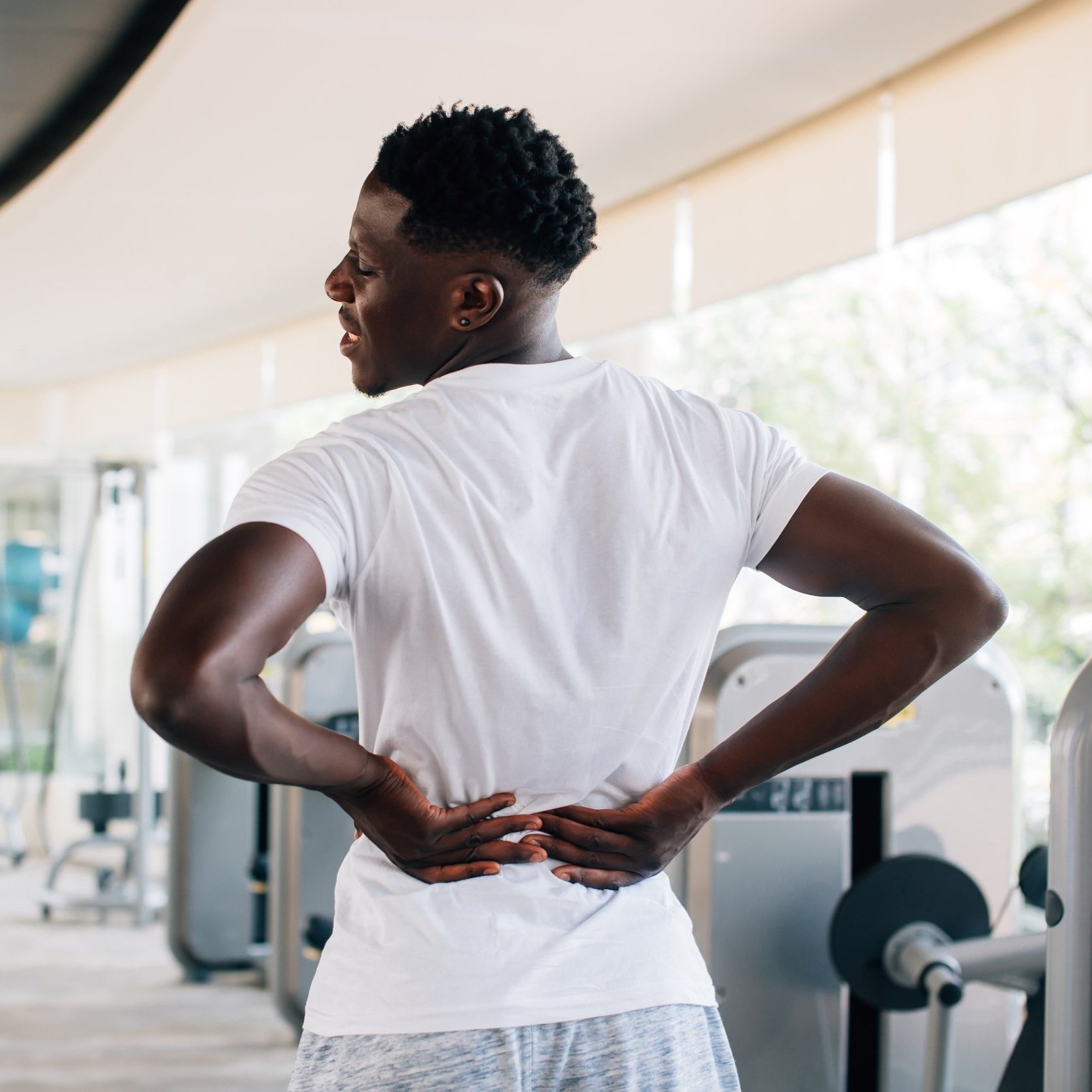There are a lot of myths out there surrounding exercise. While online and social media resources can be great for providing exercise ideas, inspiration and routines, not all the information we see online is reliable. Today we are going to chat about some common myths we hear in clinic about exercising and get to the truth behind them.
Myth 1: You can spot reduce fat
Truth: It is a common misconception on the internet that you can use certain exercises to reduce fat in one part of the body- for example, doing sit ups or crunches to reduce stomach fat. Unfortunately, you cannot spot reduce fat.
Think of it like driving a car- you can’t only use gas from the right side of your tank! When we drive the whole tank empties, and when we work out, we burn calories from all over the body. This may result in a loss of fat from some area quicker than others- for example, the abdominal area is one of the first areas to decrease fat for many people.
However, don’t let his confuse you- you can still target muscle growth in certain body parts, but this is a completely different process! Fat cells do not magically transform into muscle cells or vice versa. By working out we burn calories from all over our body, which can help reduce fat, and by strength training we can increase muscle definition in certain areas.
Myth 2: Lifting will make you bulky
Truth: Lifting heavy weights will not make you bulky!
Lifting weights is actually a great way to lose weight if that is your goal. When we lift the appropriate weights, our body will begin to build muscle. Muscle has a higher metabolic rate than fat, meaning when we lift weights our body will naturally burn more calories, even at rest.
At the end of the day, bulkiness or weight gain comes down to calories in versus calories out. If you are putting more calories into your body then you are burning, then you are will likely gain weight. If you are burning more calories than you are eating, you will lose or maintain your weight. To gain a lot of muscle bulk, you would need to greatly increase your caloric intake as you increase your strength training.
Myth 3: No pain, no gain
Truth: This is a tough saying that we hear a lot in clinic. However, it is important to differentiate between types of pain and understand that this is not always true! While it is okay to work through some types of pain, it is important to learn to differentiate between different types of pain such as delayed onset muscle soreness, muscle fatigue, and pain related to an injury.
Firstly, it is totally possible to have an excellent workout without being sore afterwards. Other indicators of a good workout to look for may be how difficult the workout feels, whether you are able to lift heavier weights than you previously could, or if you can do more reps than you previously could.
Delayed-onset muscle soreness (DOMS) tend to be muscle soreness which occurs between 24-48 hours after a workout and dissipates within 2-5 days. DOMS are normal and a type of pain we are okay with! However, we don’t want severe pain which lasts outside this time frame, pain which comes with excessive swelling, or pain that continues to worsen for days after a workout.
And again, remember you can still have a good workout without having bad DOMS!
In clinic, we normally try and avoid any sharp, pinching, or tingling type pains. A general rule of thumb to keep in mind is to not let your pain increase above 2 on a pain scale while completing an exercise. For example, if you come in with baseline shoulder pain of 2/10, we typically wouldn’t want to push this pain past a 4/10 with any of the exercises we complete. However, this may vary between injuries and exercises, so always listen to your practitioner’s advice first and foremost!
Need some help with your exercise routine? Book with our kinesiologist online, by email or at (778) 630-8800.




